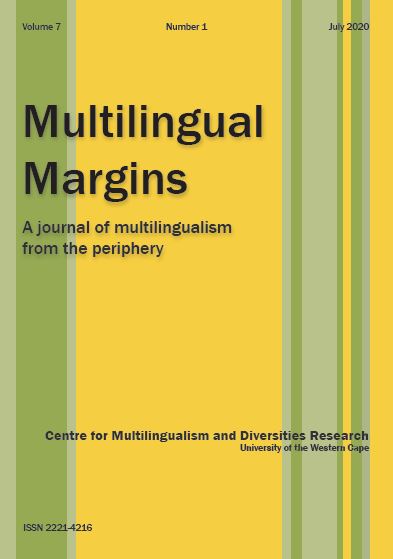About the Journal
Multilingual Margins aspires to deliver incisive theorizations that critically deconstruct ways of talking about language and multilingualism that emanate from the Center. It seeks to provide a forum for the emergence of alternative discourses of multilingualism rooted in close (historiographical) accounts of local language practices and ideologies of the translocal and entangled communities of the geopolitical South. To the extent that margins are productive spaces of annotation and commentary on the body or main theme of a text, an approach to multilingualism from the geopolitical margin promises also to contribute to reflection and afterthought, and to new epistemological approaches to language formulated in the Center.
Current Issue
Vol. 6 No. 1 (2019): Multilingual Margins




